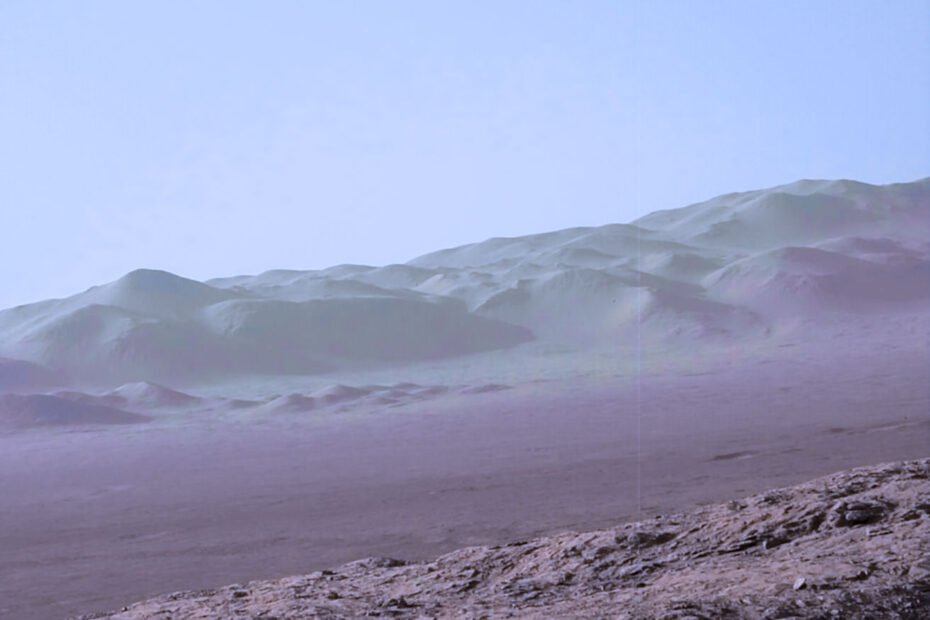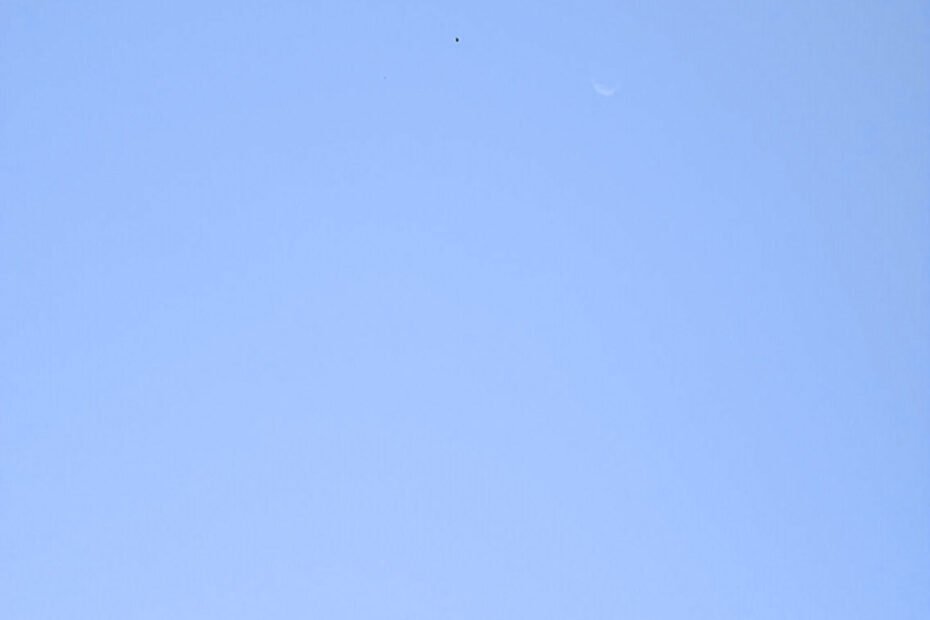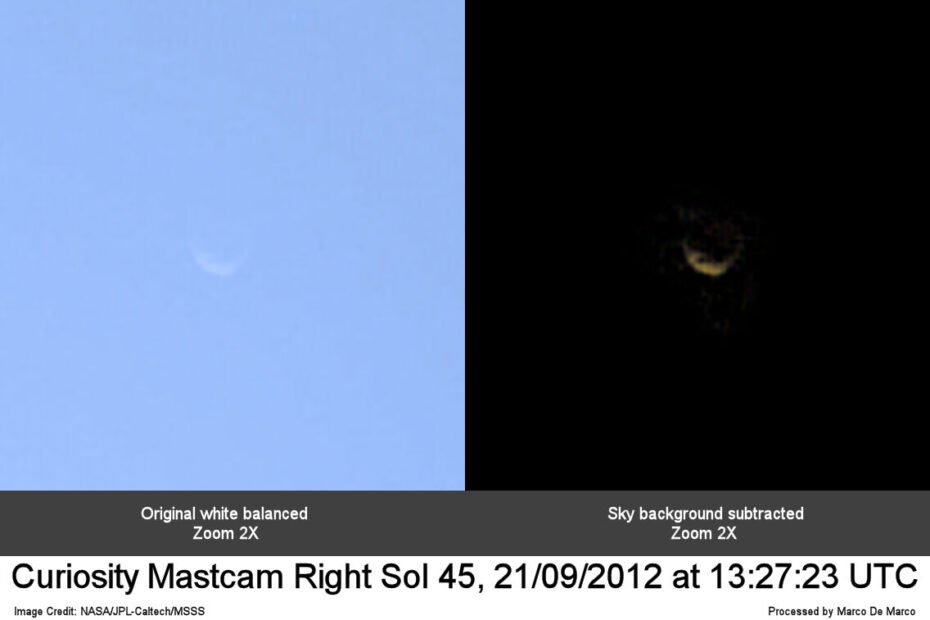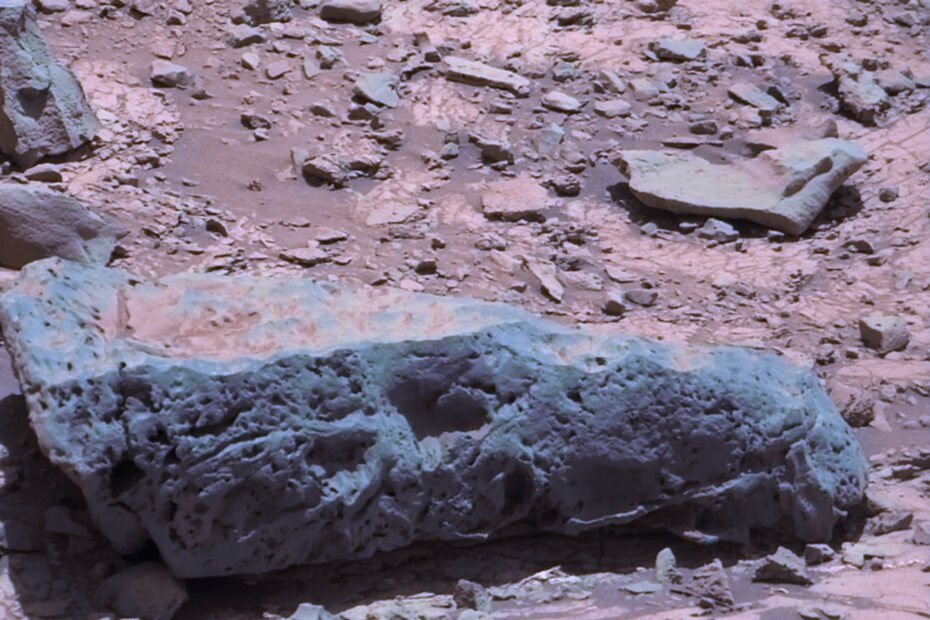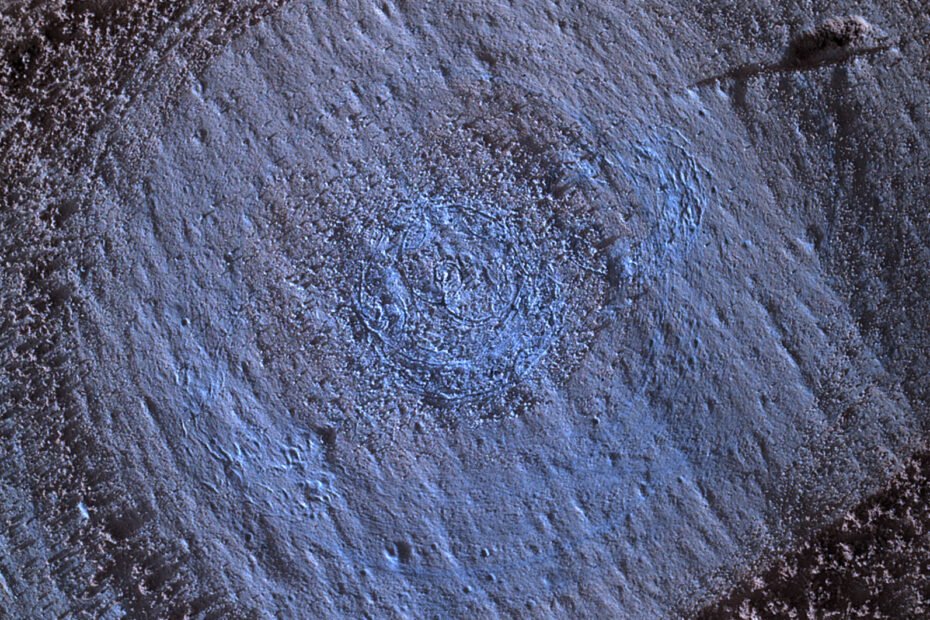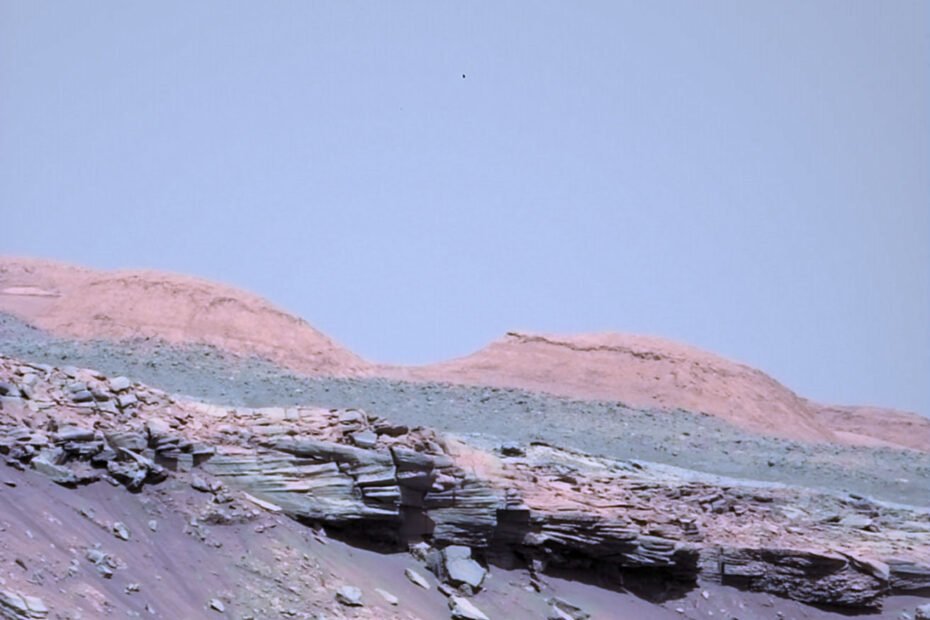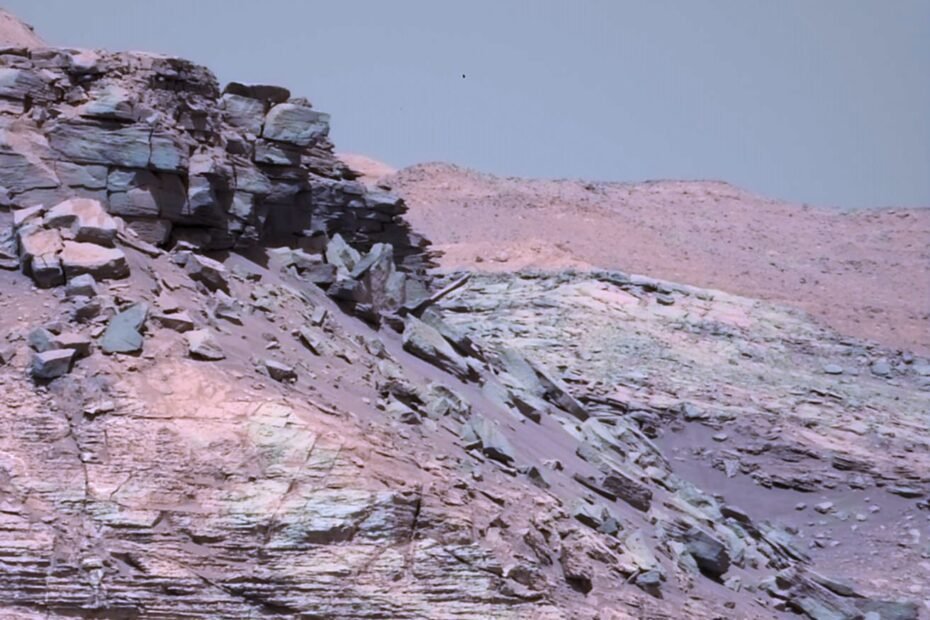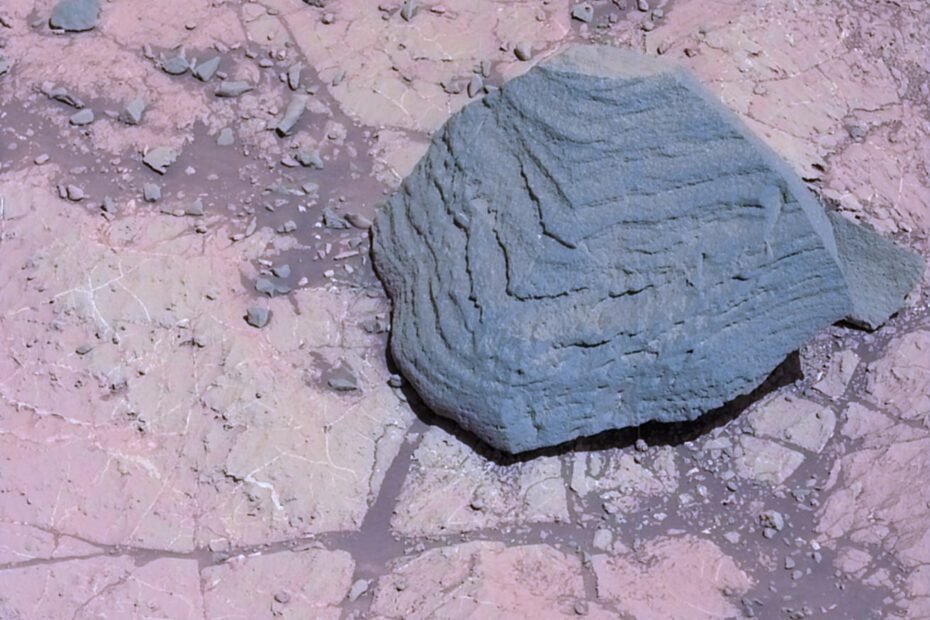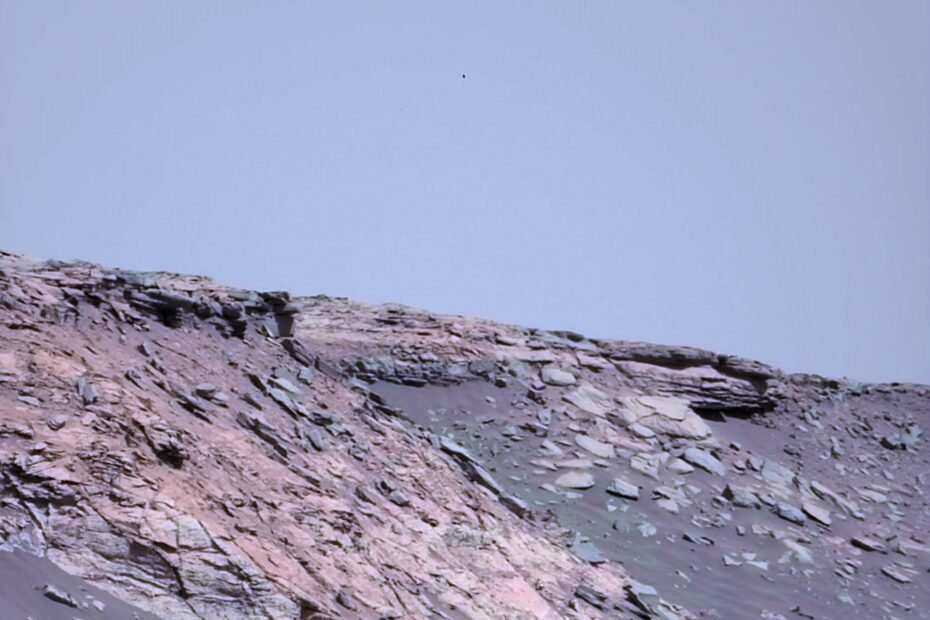Curiosity Sol 2646, January 16, 2020
At 00:08:39 UTC Mastcam Left captured this beautiful photo of the inner rim of Gale Crater.From the blue sky to the greenish hills to the reddish ground in the foreground.It is interesting to note the color changes that have occurred in the hills in the distance, which can be observed by comparing this photo with a similar one taken just over a month ago (see… Read More »Curiosity Sol 2646, January 16, 2020
